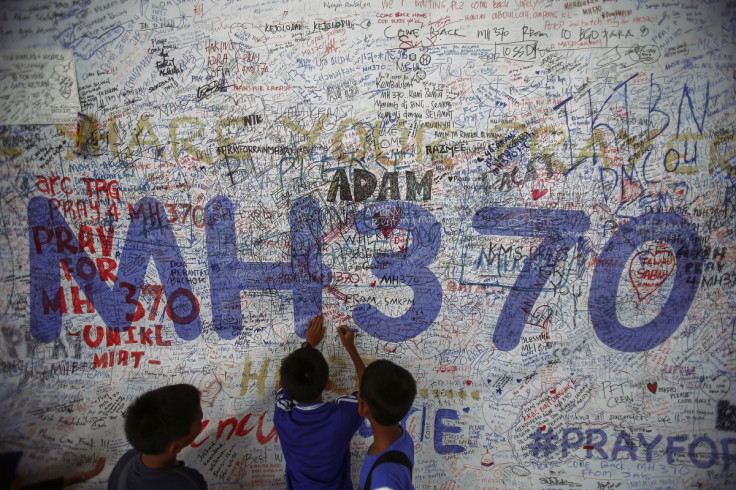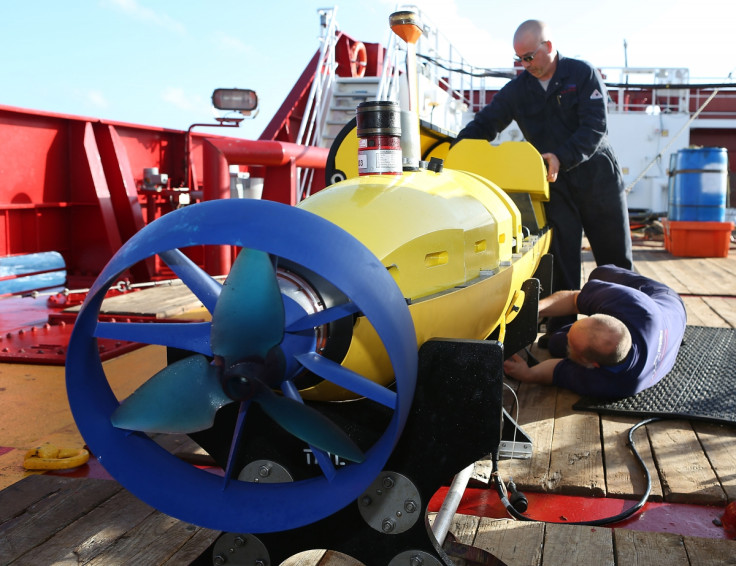Malaysia Airlines MH370: What Next After Five-Month Search?

Australian authorities are poised to announce the next phase of the underwater search for Malaysia Airlines flight MH370, just before the five-month anniversary of the day the aircraft vanished without a trace.
The Australian Transport Safety Bureau, currently leading the search for the missing plane at the request of the Malaysia government, is expected to use a private contractor to search for the missing Boeing 777.
According the ATSB, the operation is likely to begin in early September and will last around 12 months. Several underwater drones will scan over 60,000 square kilometres of the southern Indian Ocean for any sign of the plane.
"We have the shape of a plan based on information we have available to us," Martin Dolan, the ATSB's chief commissioner, told CNN. "It's a concept we need to test out with the operation experts and come up with the detailed plan... for the conduct of the search."
Current search
At present, two survey ships, Zhu Kezhen and Fugro Equator, have been dispatched to plot the ocean floor around 1,100 miles off the coast of western Australia. A Malaysian survey ship is scheduled to join the pair.
Warren Truss, the Australian deputy prime minister, has said that the government is currently trying to acquire an advanced sonar system, technology which would allow aviation experts and investigators to cover a search area of around 60,000 square kilometres.

"Australia owes it to the families of all of those on board MH370, the travelling public and indeed the wider world to solve this mystery," Truss stated.
According to the ATSB, the data collected by survey ships is being converted into detailed topographical maps, which have revealed the unchartered terrain of this section of the southern Indian Ocean - from submerged mountains to large flat plains.
New operation
The ATSB has said the contractor chosen to lead the search will be required to search the 60,000 square kilometres within 300 days.
A British company is one of the companies bidding for an Australian government contract to locate the wreckage of missing Malaysia Airlines Flight MH370.
Blue Water Recoveries (BWR), based in Midhurst, West Sussex, has previously worked on the search for the wreckage of HMS Hood, which was sunk in the North Atlantic in 1941.
A selection of different equipment will be used in the next search operation, including towed side-scan sonar devices, which are attached to a ship with a cable and can transmit real-time data to the surface.
Technology similar to Bluefin-21, the autonomous US mini-submarine deployed in April, underwater autonomous vehicles (UAVs) may also be used in September.
Malaysia has already partnered with American and Australian contractors to supply additional search equipment, including a towed side-scan sonar and ROV (Remotely operated underwater vehicle).
New search area
It is still heavily debated as to whether the search teams are in the right place, but investigators will continue to focus along the seventh arc, around the "partial handshake" - satellite contact - which experts believe was the last signal sent between MH370 and the Inmarsat communications satellite.
In June, the ATSB announced it was moving the priority search area several hundred kilometers southwest, the second major shift of the search zone along the arc.
The shift was based on further analysis of the satellite data and a review of aircraft performance limits, including speed and altitude. The analysis was also based on assumptions, such as the plane flew on autopilot before running out of fuel and crashing.
Dolan added that the Inmarsat data will continue to be reviewed during the next phase of the search - and that the search may still be extended beyond the currently prioritised area.
MH370 disappeared with 239 passengers on board on 8 March, while on route from Kuala Lumpur to Beijing. Based on satellite data, it is believed that the plane ended its flight in the southern Indian Ocean. No wreckage or debris has yet been found.
© Copyright IBTimes 2025. All rights reserved.




















